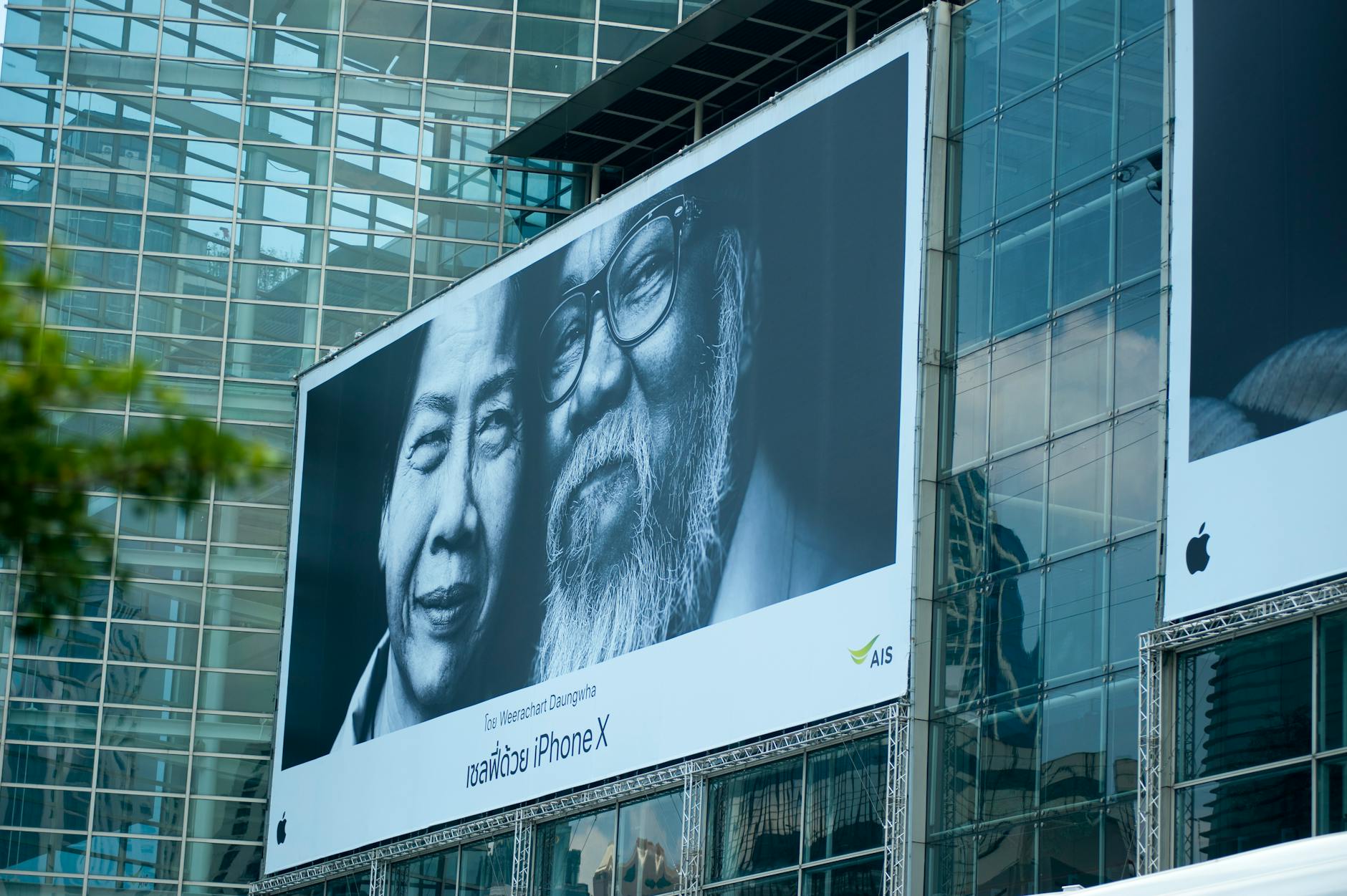Microsoft has subtly unveiled its use of generative AI in a recent advertisement for its Surface Pro and Surface Laptop devices. The one-minute ad, uploaded to YouTube almost three months ago, showcases the company’s hardware, but its AI origins went unnoticed by viewers until now. According to a Microsoft Design blog post by senior design communications manager Jay Tan, the advertisement isn’t entirely AI-generated; however, AI tools played a crucial role in various stages of its production.
The team combatted ‘AI hallucinations’ by meticulously correcting AI-generated outputs and seamlessly integrating them with live-action footage. Close-ups of intricate hand movements, for example, were filmed traditionally, while quick cuts and scenes with minimal movement were primarily AI-generated. The creative process commenced with AI tools generating scripts, storyboards, and initial pitches. The team then refined these concepts using a combination of written prompts and reference images, feeding them into image generators after developing further prompts via chatbot interactions. These generated images were then further refined and integrated into video generators like Hailuo and Kling. Creative director Cisco McCarthy revealed the team iterated through ‘thousands of different prompts’ to achieve the desired aesthetic. Visual designer Brian Townsend estimates the team slashed production time and costs by roughly 90%.
Microsoft design chief Jon Friedman believes this project exemplifies how AI can function as a powerful tool for creatives, rather than a replacement. Despite the advertisement being live for nearly three months, viewers failed to detect the AI’s presence. With just over 40,000 views, the ad hasn’t garnered any comments speculating on its AI production. Although closer inspection reveals minor clues, such as obviously AI-generated meeting notes and exaggerated object sizes, the AI-generated elements were largely imperceptible. The seamless integration, rapid edits, and the team’s expertise emphasize the rapidly advancing capabilities of AI in generating virtually undetectable content.
